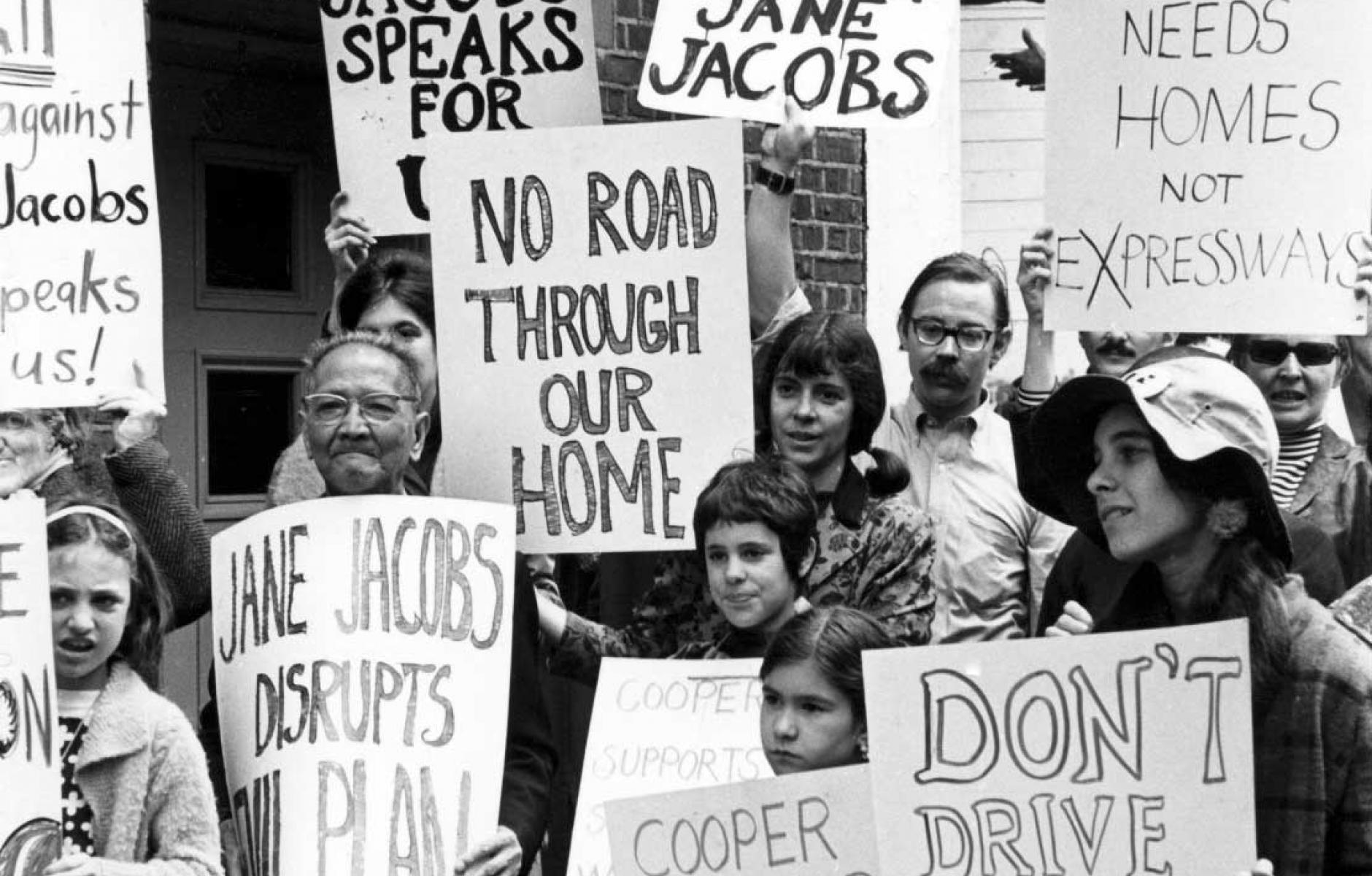A perfect example of such a life is are the people living in Chatam Village (Jacobs 64). The people in Chatam Village live in houses grouped “in colonies around shared interior lawns and play yards, and the whole development is equipped with other devices for close sharing, such as a residents’ club which holds parties, dances, reunions, has ladies’ activities like bridge and sewing parties, and holds dances and parties for the children. There is no public life here, in any city sense. There are differing degrees of extended private life.” A perfect example of suburban living, the people of Chatam Village are successful in building a true definition of a community amongst one another, but must venture out of their safe neighborhood in order to find other schools or ambiance. In the city, children and families have diversity in activities and options for different kinds of schools which may not have access to as many resources and produce as good of academic scores as suburban schools do.
I’ve had friends who have grown up in the projects and have myself been to a few ‘projects’ apartments. All the buildings that take part of a rectangle of four city blocks are uniform and contain paths to access one another within the rectangle. As said by Jacobs, no one loiters the hallways, talk to each other in passing or even the lawn areas. People however do loiter the sidewalks and greet each other in passing on the streets and laugh with each other. One event not clearly mentioned by Jane Jacobs is that Moses planning of the city allowed its citizens, or at least those who were pushed out of Manhattan by Moses, were allowed to develop a new character once entering the NYCHA buildings. The same young men smiling with each other, riding their bikes on the sidewalks and enjoying the fire hydrants on the summer days are the same who consider each other strangers once inside the building walls. They know each other possibly by nicknames and maybe by chance, nod to each other in the building. Away from the projects, the tenants work all kinds of jobs and are outgoing and have friends and know people who would not be able to imagine their home lives. Their new character enables them to forget for a few hours how divided a whole community can be, unlike the suburbs. A person can live in a building their whole life and have never seen their next-door neighbor.
In the video, Jane Jacobs mentioned that “If the city is working the way it should, they begin to get connections… the next generation would get better educations, and so on… all of this is reflected in the neighborhood.” In her book, Jacobs spoke vividly of other cities (and suburbs but mostly suburbs) and of their success in progressing towards this manner. Although it is possible, this statement seems ignorant to me simply because the City of New York is working mostly very successfully and is increasingly attracting outsiders to its streets. There are however, many people who suffer more than others as part of the city, including people of low income, people over 65, the homeless and the recently persecuted and with law makers and citizens viewing the city as working the way it should, and the generations pursuing educations which could not be attained, how are these instances not reflected in the neighborhood? How can we as New Yorkers work towards making such a reflection? And how long would it take to accomplish, knowing that the city’s foundations have been set for the past century? It is easier said, than done.
[youtube https://www.youtube.com/watch?v=Z99FHvVt1G4]


